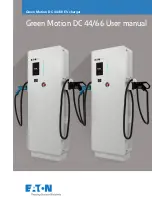
FORESTER U.S.A. (E)
2
Seat, seat belt and SRS airbag
2-13
– CONTINUED –
According to accident statistics, children are safer when properly
restrained in the rear seating positions than in the front seating
positions. For instructions and precautions concerning the child
restraint system, see the “Child restraint systems” section in this
chapter.
B
Infants or small children
Use a child restraint system that is suitable for your vehicle. See in-
formation on “Child restraint systems” in this chapter.
B
Children
If a child is too big for a child restraint system, the child should sit in
the rear seat and be restrained using the seatbelts. According to ac-
cident statistics, children are safer when properly restrained in the
rear seating positions than in the front seating positions. Never allow a
child to stand up or kneel on the seat.
If the shoulder portion of the belt crosses the face or neck, move the
child closer to the belt buckle to help provide a good shoulder belt fit.
Care must be taken to securely place the lap belt as low as possible
on the hips and not on the child’s waist. If the shoulder portion of the
belt cannot be properly positioned, a child restraint system should be
used. Never place the shoulder belt under the child’s arm or behind
the child’s back.
B
Expectant mothers
Expectant mothers also need to use the seatbelts. They should con-
sult their doctor for specific recommendations. The lap belt should be
worn securely and as low as possible over the hips, not over the
waist.
J
Emergency Locking Retractor (ELR) function (except
2-point type seatbelt)
The emergency locking retractor allows normal body movement but the
retractor locks automatically during a sudden stop, impact or if you pull
the belt very quickly out of the retractor.
















































